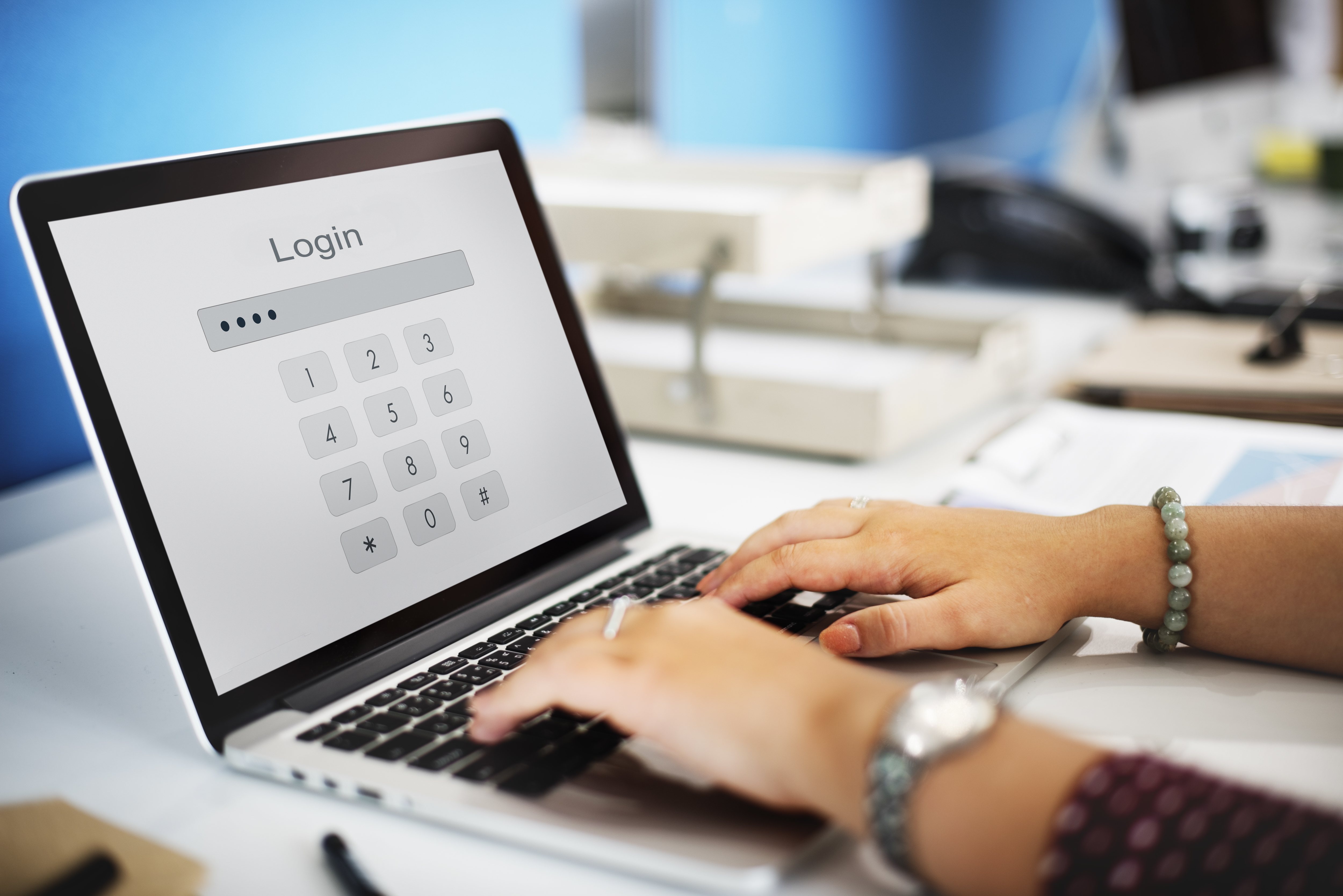Knowing how to create a secure password is crucial in today’s digital landscape. With hackers constantly improving their techniques, creating strong passwords is your first and best defense against cyber threats. Weak passwords leave your personal data, financial accounts, and online privacy vulnerable. In this comprehensive guide, you’ll discover nine powerful tips to help you create secure passwords that effectively protect your computer and sensitive information from hackers.
Why It’s Important to Know How to Create a Secure Password
Understanding how to create a secure password can drastically reduce your vulnerability to cyber-attacks. Strong passwords serve as protective barriers, preventing unauthorized access to your sensitive information, financial details, and private communications. Weak passwords increase the risk of identity theft, data breaches, and unauthorized account access, causing potentially severe financial and personal harm.
Use a Combination of Characters
Learning how to create a secure password starts by choosing a complex combination of characters. Strong passwords include uppercase and lowercase letters, numbers, and special characters. Avoid predictable passwords such as “password123” or personal information like birthdays or names, as these are easily guessed by hackers.
A more secure approach is using passphrases, such as “BlueSky#2024!”, which combines a memorable phrase with numbers and symbols. Passphrases make it easier to remember while significantly enhancing security.
Create Lengthy Passwords
Length is vital when determining how to create a secure password. The longer your password, the more challenging it is for hackers to crack. Ideally, passwords should be at least 12 to 16 characters long. Each additional character significantly increases the complexity, making it exponentially harder for cybercriminals to access your account through brute-force attacks.
Regularly Update Your Passwords
Another key step in learning how to create a secure password is regular updates. Cybersecurity experts advise changing passwords every three to six months. Regularly updating passwords reduces potential damage from data breaches or leaked credentials. Always create completely new passwords rather than modifying previous ones slightly, as minor changes can still leave your account vulnerable.
Implement Two-Factor Authentication (2FA)
When considering how to create a secure password, two-factor authentication (2FA) offers additional protection. Even if your password is compromised, 2FA requires a second verification step, usually a code sent to your phone or email. Enabling two-factor authentication significantly enhances your account security by ensuring hackers cannot gain access without the second verification.
Utilize a Reliable Password Manager
Managing multiple strong passwords is challenging, so using a reliable password manager is beneficial. Password managers securely store and generate unique, complex passwords for each account. Protected by a master password, these tools simplify password management while improving overall security. Trusted password managers include LastPass, Dashlane, and 1Password.
Avoid Reusing Passwords
Understanding how to create a secure password includes never reusing passwords across different accounts. Reusing passwords significantly increases risk; if one account gets compromised, all other accounts using the same credentials become vulnerable. Always use distinct passwords for each account, particularly for crucial accounts like email, banking, and social media.
Identify and Avoid Phishing Scams
Phishing scams trick users into revealing their passwords through deceptive messages. Protect yourself by learning to identify phishing attempts, which typically involve messages from seemingly reputable sources urging immediate action. To enhance your understanding, review our detailed guide on dangerous phishing attacks explained. Always verify sender authenticity before providing sensitive information.
Monitor Your Account Activity
Regularly monitoring account activity helps you detect unauthorized access early. If you’re uncertain about your system’s security, check our article on how to tell if your computer has been hacked. Review recent logins and immediately change passwords if suspicious activity is detected, thereby minimizing potential damage from unauthorized access.
Secure Your Network and Devices
Creating secure passwords is essential, but you must also secure your network and devices. Use strong passwords for your Wi-Fi network and encrypt your connections using protocols like WPA2 or WPA3. Avoid public Wi-Fi or use a trusted VPN service to encrypt your data. Securing your devices prevents attackers from gaining indirect access to your passwords and personal data.
Educate Yourself and Others
Stay informed about cybersecurity trends and threats. Continuously educate yourself and share best practices on creating secure passwords with your family and colleagues. Collective awareness significantly improves overall security and protects everyone from cyber threats.
Conclusion
Knowing how to create a secure password is fundamental to protecting yourself online. By using complex character combinations, maintaining password length, regularly updating your passwords, and employing additional safeguards like two-factor authentication and password managers, you significantly strengthen your security. Stay vigilant, educate yourself, and practice these nine powerful tips consistently.
If you need expert help enhancing your password security or recovering from unauthorized access, reach out to the specialists at Computer Emergency Room. We’re here to secure your digital environment and help you quickly regain control.

